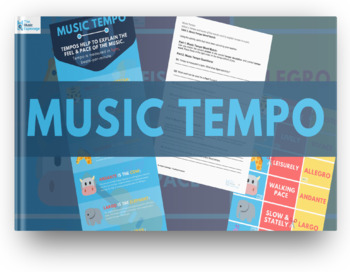Beginner'S Overview To Different Music Instruments Taught In Schools
Beginner'S Overview To Different Music Instruments Taught In Schools
Blog Article
Web Content Writer-Sears Slaughter
When you think about beginning your musical journey, it is essential to discover the various tools commonly presented in institutions. You'll encounter string tools like the violin, wind instruments such as the groove, and percussion choices like the snare drum. Each offers one-of-a-kind noises and experiences that can form your music identity. Yet exactly how do you determine which one straightens with your rate of interests and convenience? The response might surprise you as you take into consideration factors like your individual preference and the abilities you intend to create. Let's take a closer consider what each category uses.
Commonly Showed String Instruments
When you consider string tools in colleges, the violin, viola, cello, and dual bass commonly enter your mind. These instruments create the core of many school bands and string ensembles, offering a rich foundation for musical education and learning.
The violin, understood for its intense sound, is typically the first team instrument pupils discover. Its little dimension and convenience make it suitable for novices.
Next, you might come across the viola, a little larger than the violin, and tuned a fifth lower. Its deeper, warmer tone enhances the violin beautifully, and it plays a critical role in producing consistency within an ensemble.
The cello, with its abundant, resonant voice, supplies a various having fun experience. Many trainees are drawn to its expressive abilities and the means it can communicate deep emotions.
Finally, the dual bass, the biggest of the string household, supplies the bass foundation for orchestras. While it might appear daunting at first, its deep sound is important for grounding musical compositions.
Each of these instruments helps develop vital skills, including team effort, discipline, and a love for music, making them indispensable in a college setup.
Popular Wind Instruments
Wind instruments play an important role in institution music programs, with preferred options consisting of the groove, clarinet, trumpet, and saxophone. Each of these instruments offers one-of-a-kind audios and qualities, making them interesting students of any ages.
The groove's light, airy tone usually catches the hearts of newbies. https://edsource.org/2015/survey-shows-western-students-less-likely-to-be-enrolled-in-music-classes/80079 's a wonderful option if you appreciate playing tunes.
The clarinet, known for its rich, cozy audio, is flexible and fits well in various music designs, from classic to jazz.
If you're searching for something bold, the trumpet's bright and effective audio will undoubtedly stand apart in any kind of set.
The saxophone combines the most effective of both worlds, providing a smooth, meaningful noise that's perfect for jazz and symphonic music alike. Several pupils discover its curved form and comfy mouthpiece very easy to deal with, making it a preferred option for those new to wind tools.
When you choose a wind instrument, consider the sound you're attracted to and the kind of music you intend to play.
Each option supplies a great opportunity to create your musical abilities and express on your own creatively. You'll be surprised at how rapidly you can find out and grow with these instruments!
Vital Percussion Instruments
Percussion instruments are the heart beat of any kind of school music program, giving rhythm and power to various music sets. They're necessary for establishing a solid feeling of timing and coordination in young artists. When clarinet lessons nyc think of percussion, you might immediately picture drums, yet there's a diverse variety of tools that fall under this classification.
The snare drum is a staple, understood for its sharp, crisp noise that includes strength to efficiencies. The bass drum, with its deep, powerful tones, anchors the ensemble's rhythm. You should likewise check out cymbals, which can create significant collisions or subtle accents, boosting the overall audio.
Other necessary percussion instruments include tambourines, maracas, and xylophones. Tambourines use a vibrant jingle, while maracas give a fun, drinking noise. Xylophones, with their melodious bars, enable you to check out pitches together with rhythm.
Don't forget hand percussion, such as congas and bongos, which bring a globe music taste to your collection. By experimenting with these tools, you'll find exactly how they can elevate any kind of musical piece, making your contribution to the institution band or band unforgettable and impactful.
Final thought
Finally, discovering different music tools can be an exciting trip for you. Whether you're attracted to the abundant tones of string instruments, the airy tunes of wind tools, or the rhythmic beats of percussion, there's something for everyone. Remember to choose a tool that reverberates with you, fits your convenience level, and triggers your passion. As you study music, you'll not just create new abilities but additionally nurture a long-lasting love for this beautiful art form.
